ALEXANDER CALDER (1898-1976)
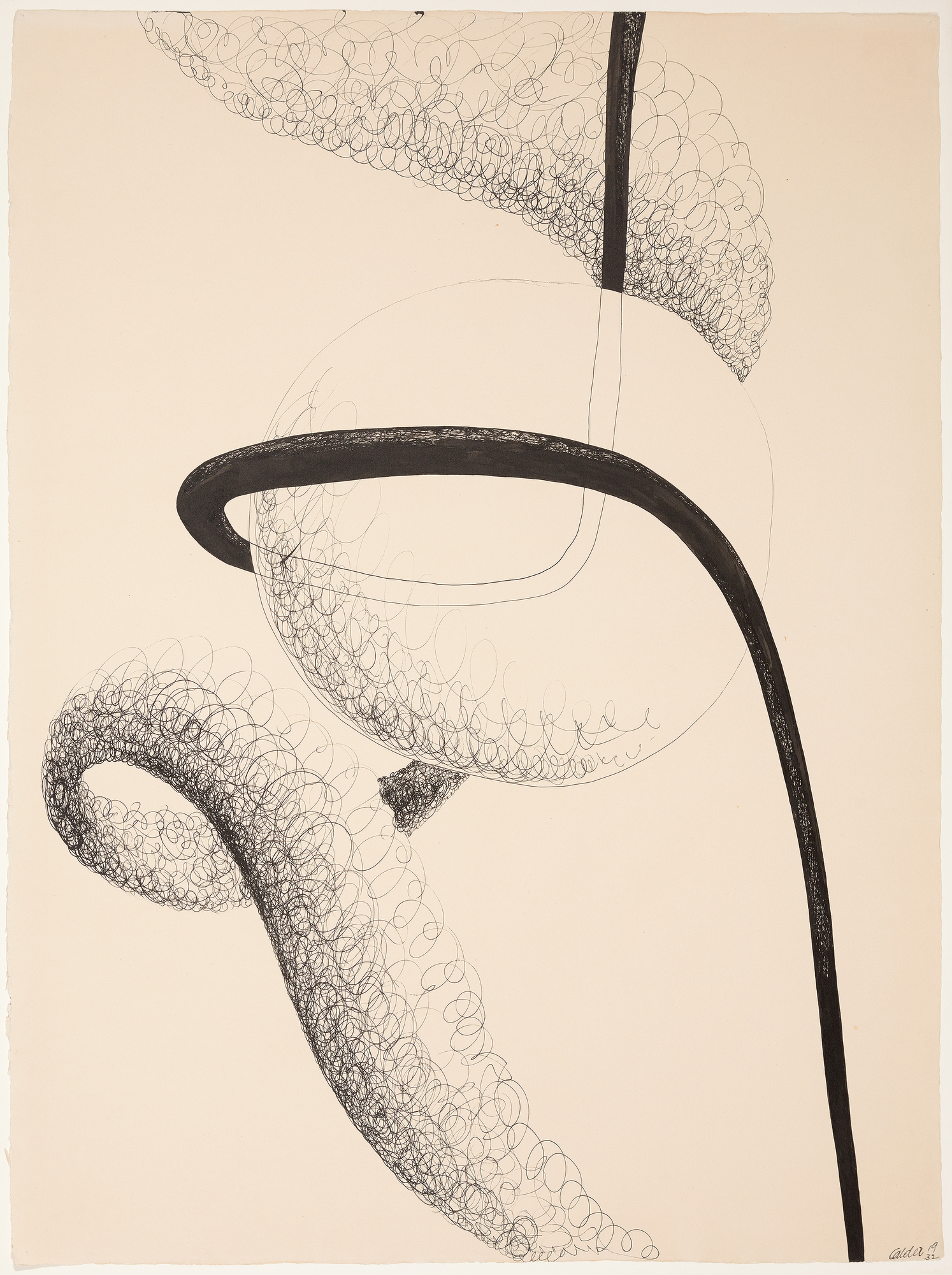
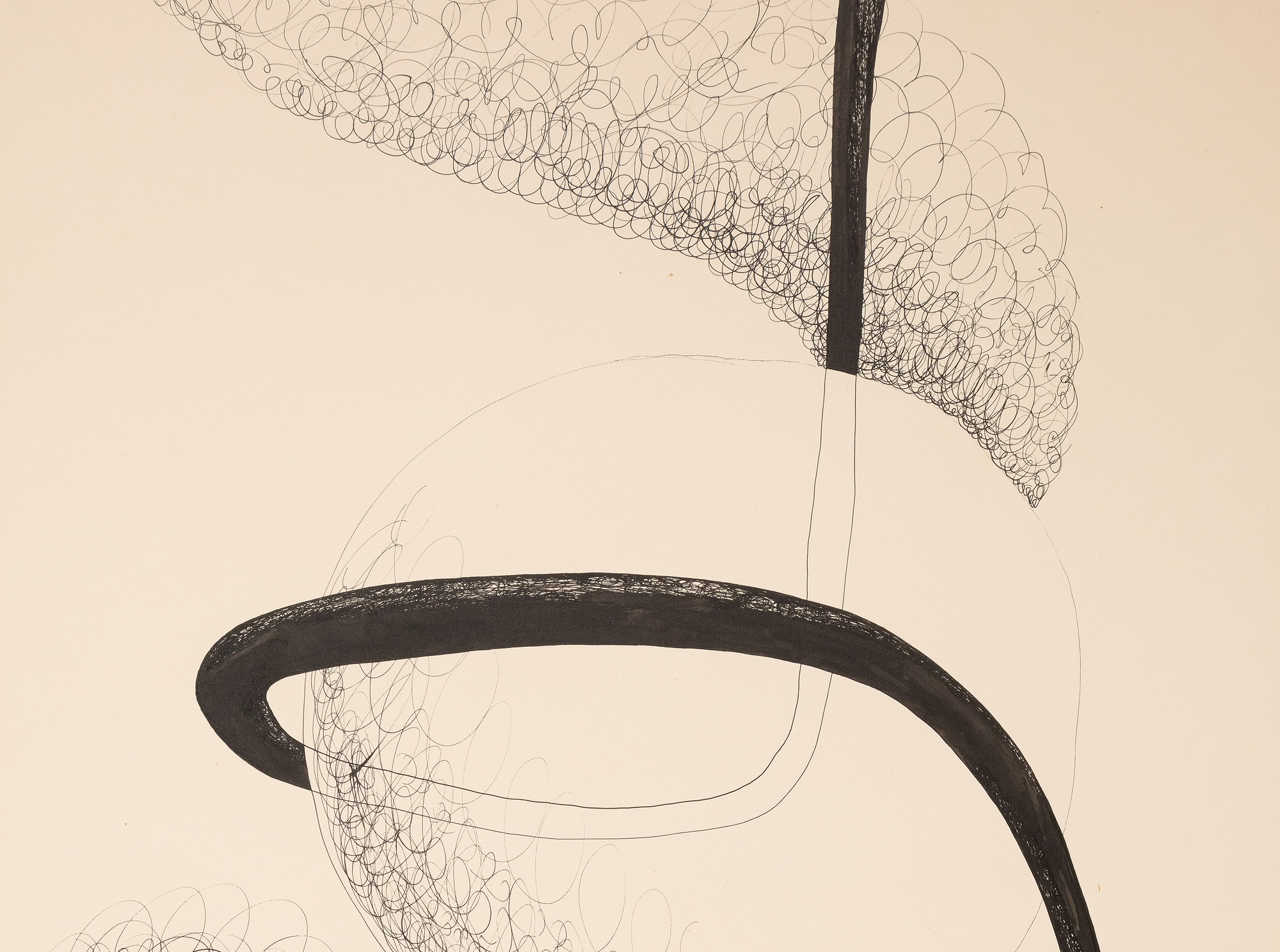
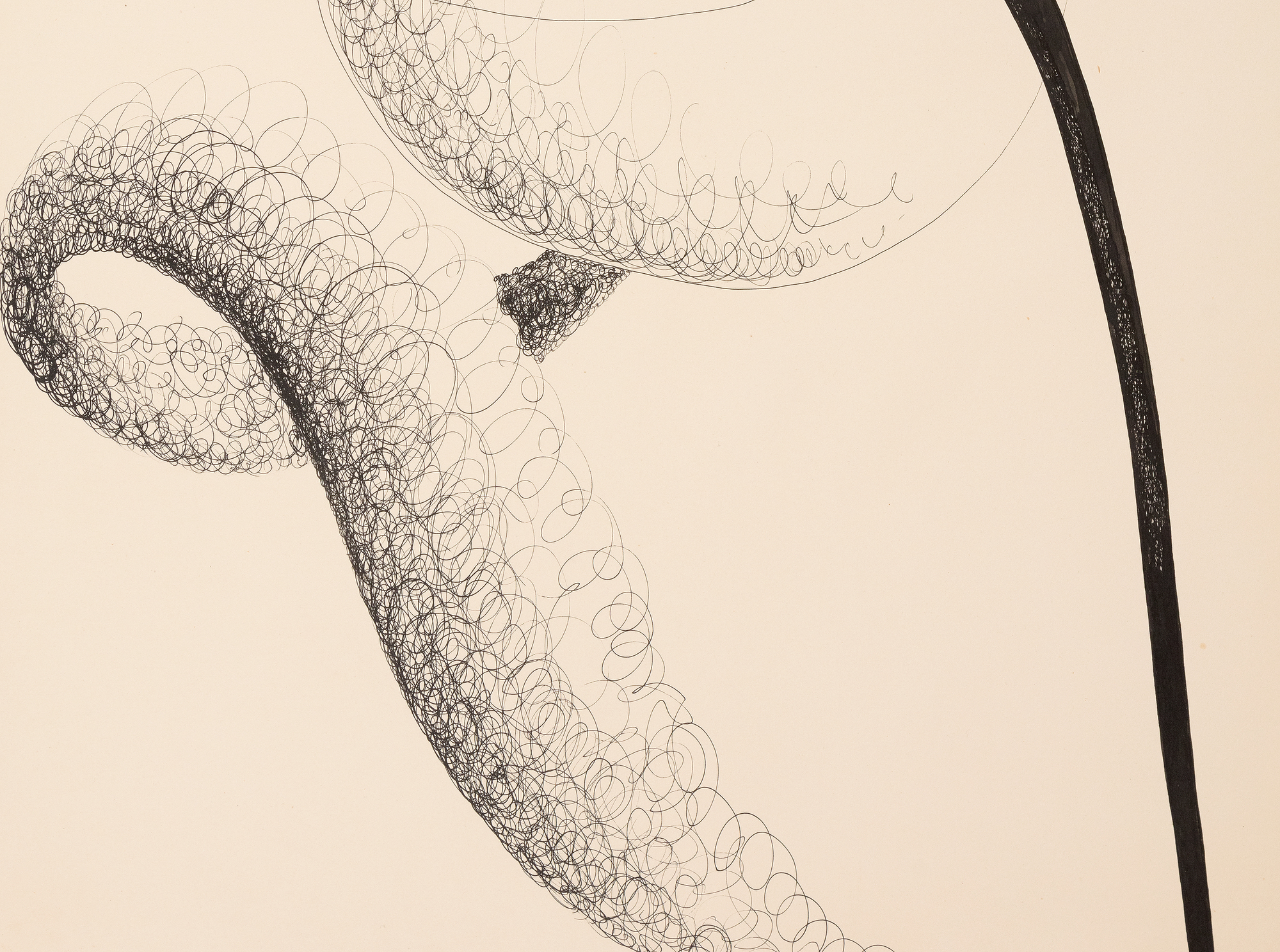
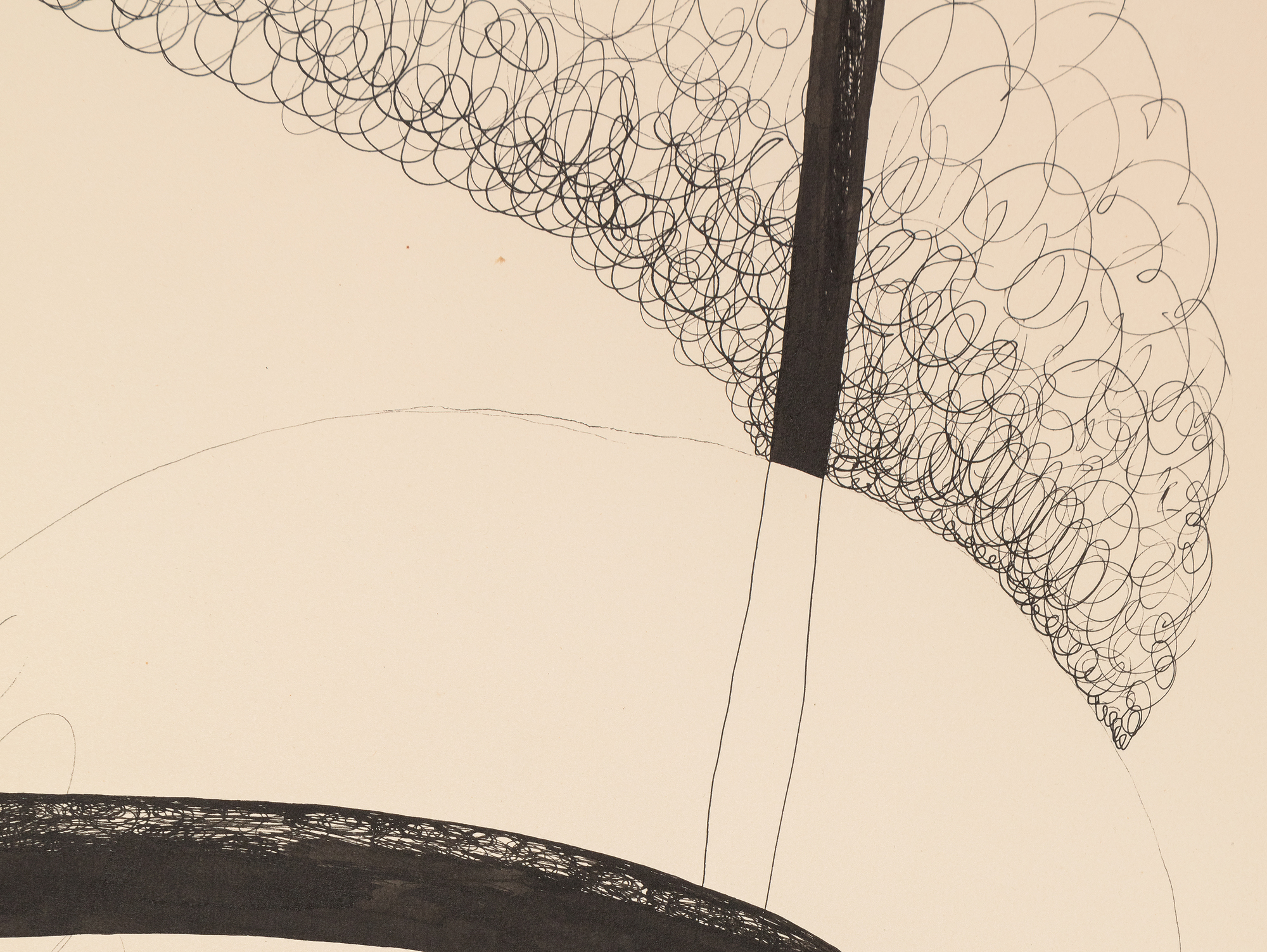
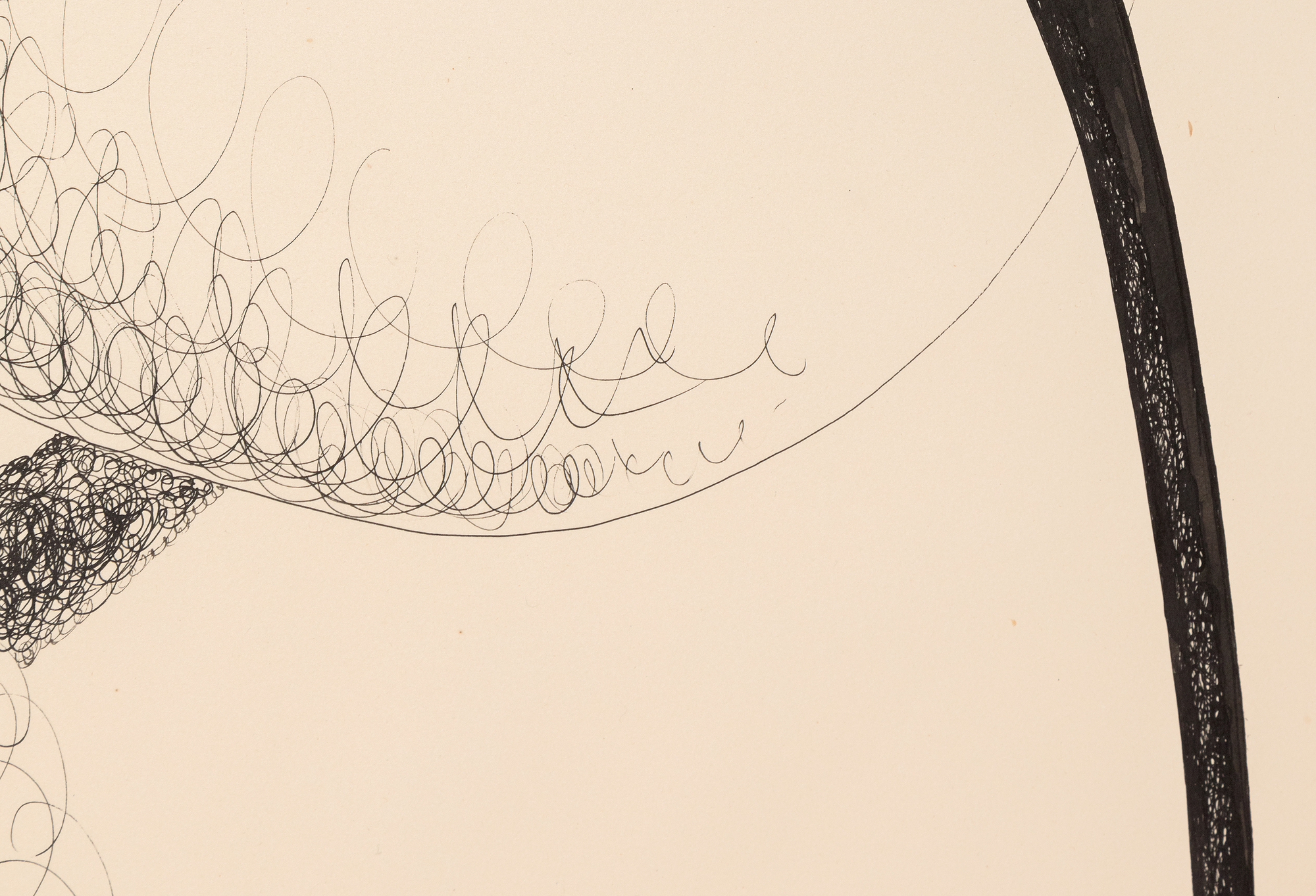
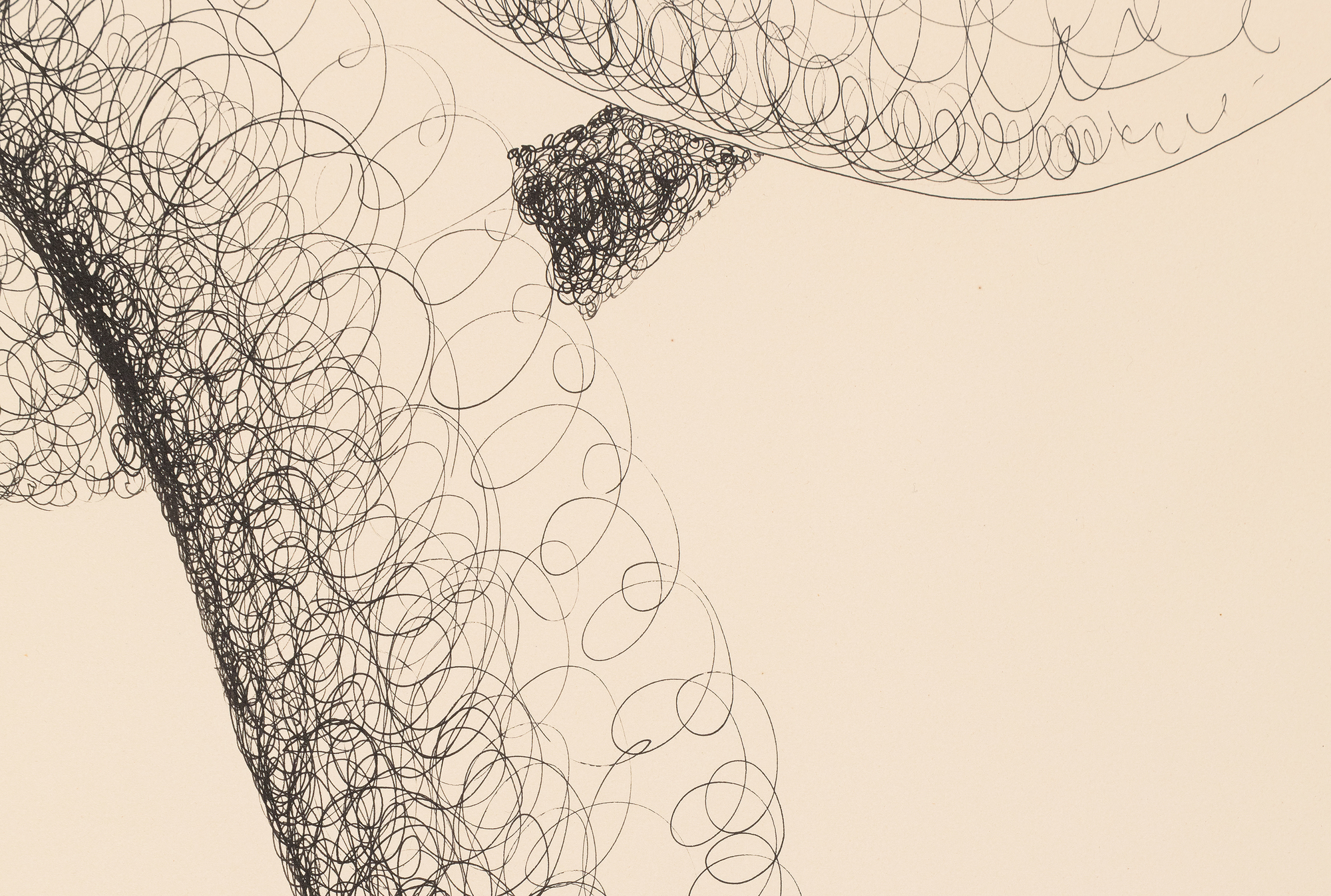
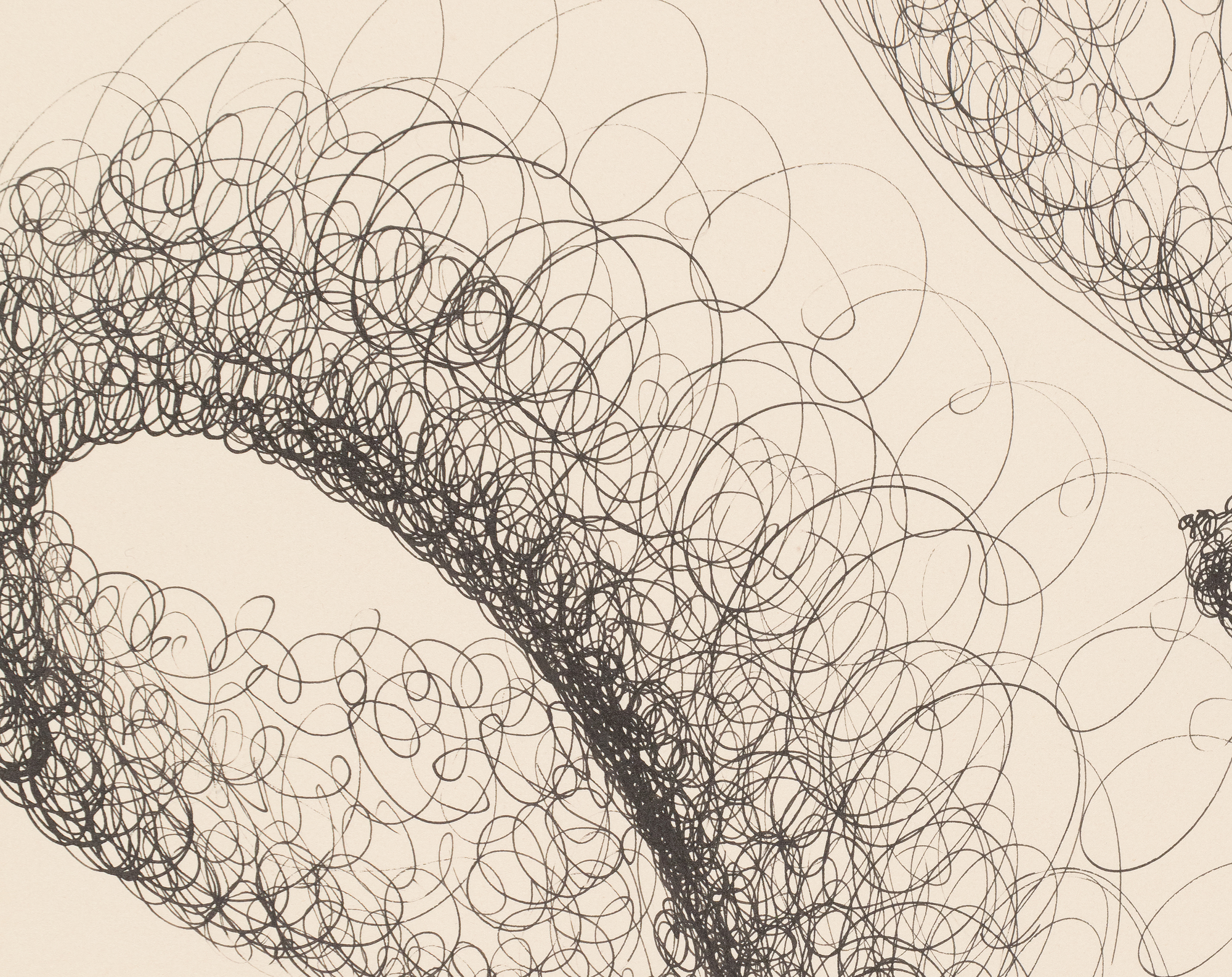
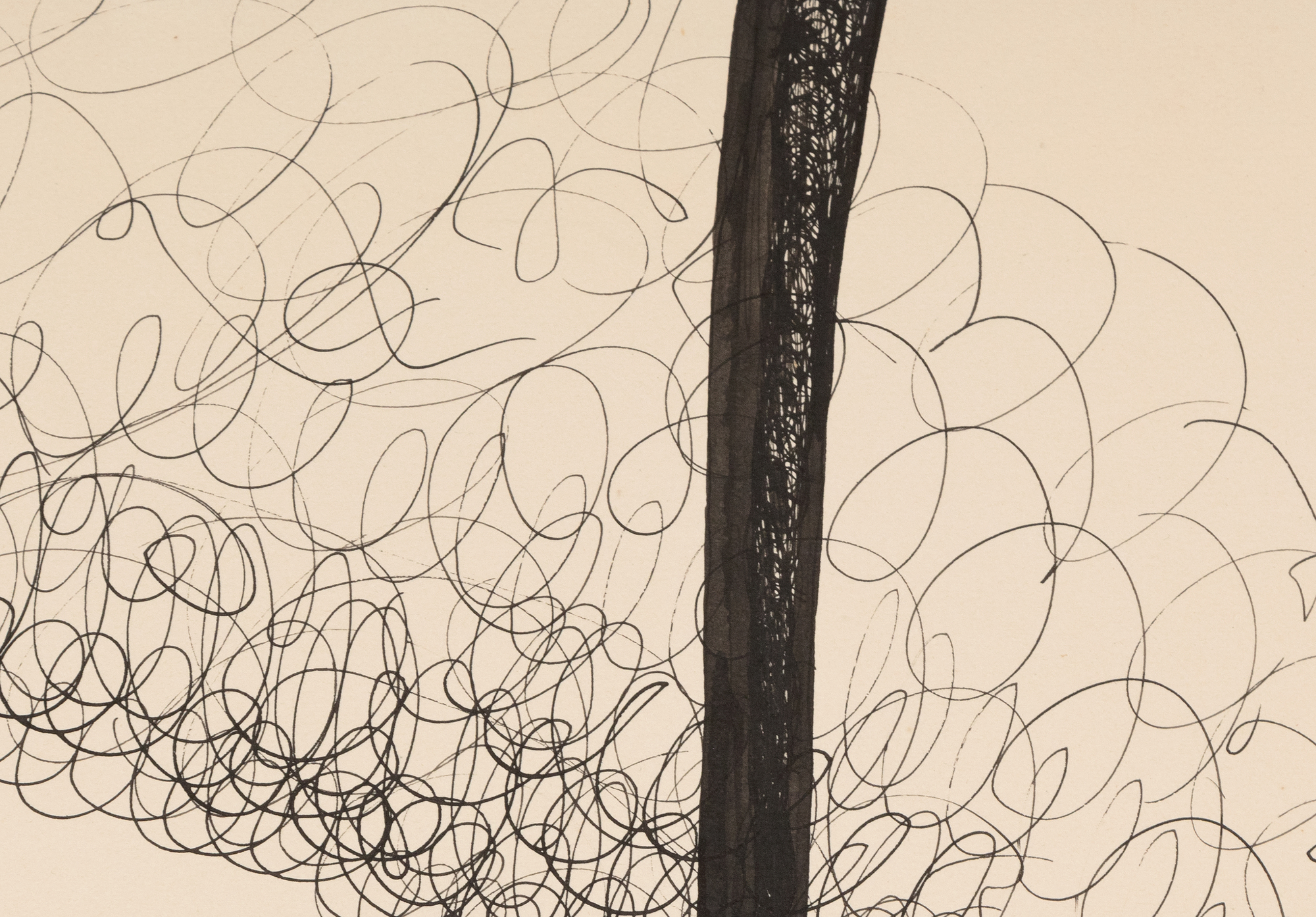
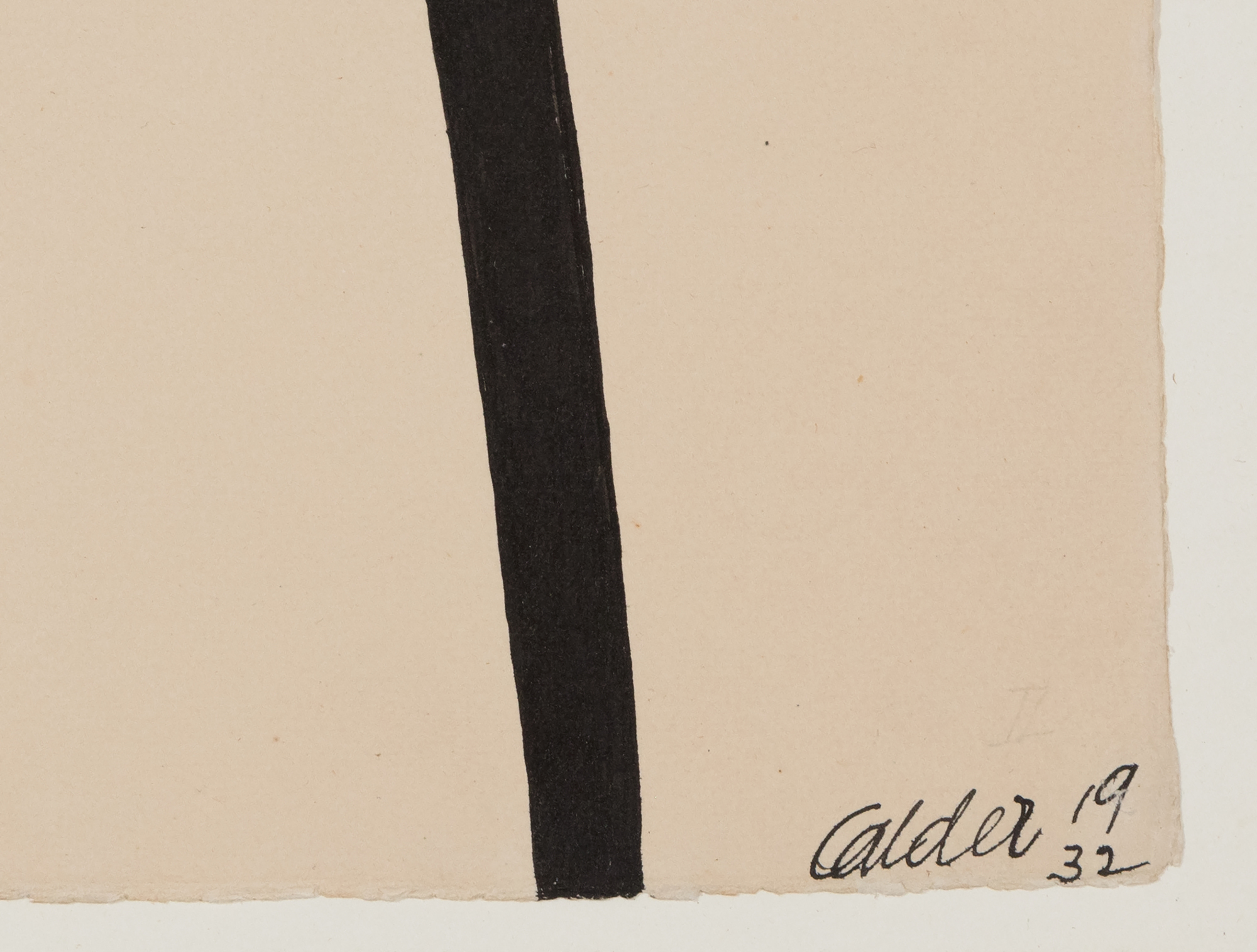
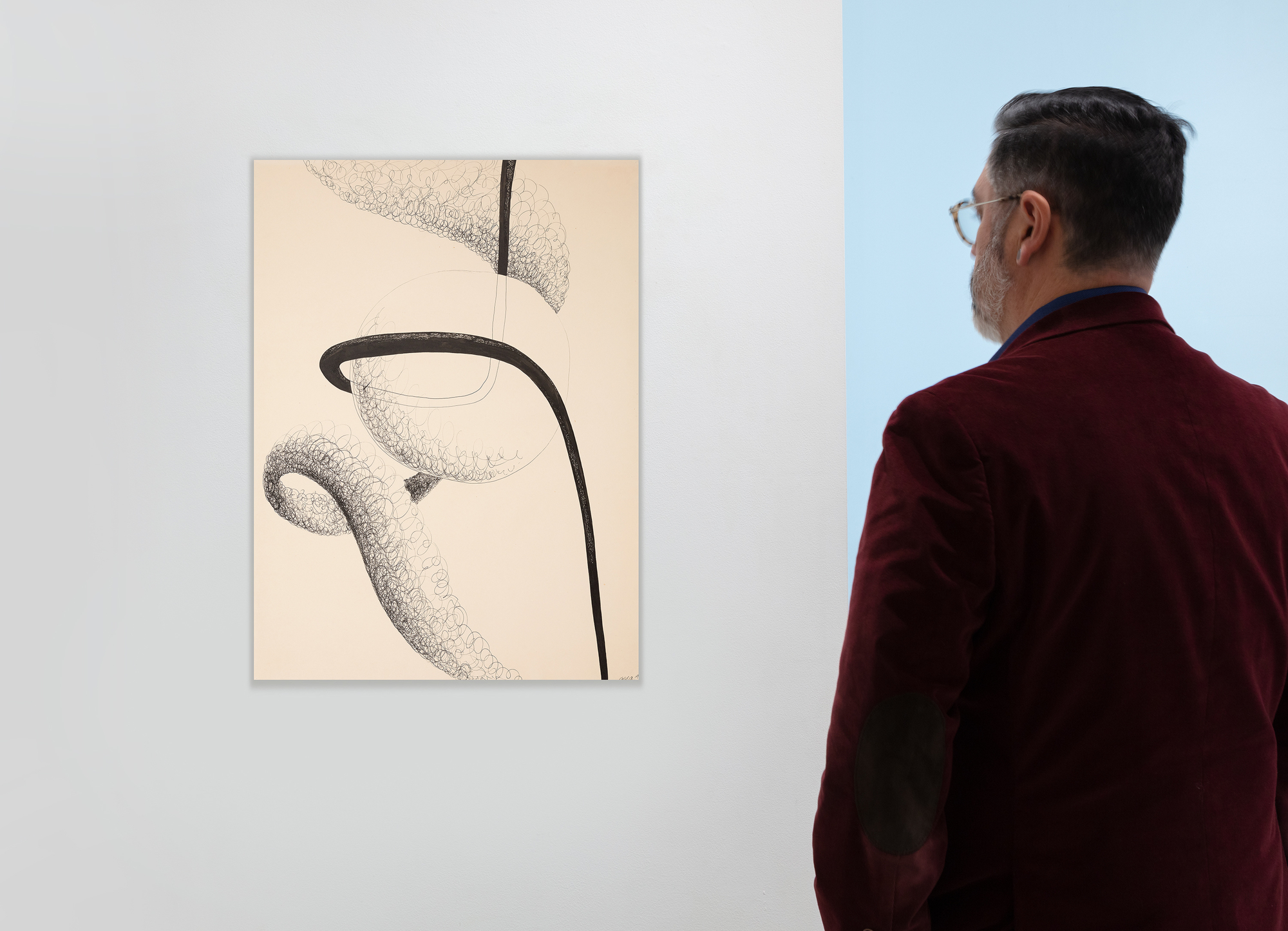
Provenienz
Perls Galerien, New YorkPrivatsammlung, Florida, 1974
230,000
Die Zeichnung verkörpert Calders Faszination für die unsichtbaren Energien des Universums und verwandelt Papier in ein Feld von Bewegung und Raum. Die Ökonomie der Linie betont eher Geste und Rhythmus als Abbildung und destilliert seine Erkundungen in eine grafische Komposition von beeindruckender Klarheit. Dieses Blatt gehört zu einer Schlüsselgruppe von Papierarbeiten aus dem Jahr 1932, zu der auch Space Tunnel und Movement in Space gehören, in denen Calder mit der Zeichnung als Mittel zur Erprobung von Ideen experimentierte, die später in dreidimensionaler Form zum Ausdruck kommen sollten.
Die Provenienz unterstreicht die Bedeutung dieses Werks zusätzlich. Tornado in Space wurde von Calders langjährigem New Yorker Händler, Klaus Perl von der Perls Gallery, erworben und befindet sich seit über fünfzig Jahren in derselben Privatsammlung. Eng verwandte Werke aus dieser Zeit befinden sich heute im Centre Pompidou, in der National Gallery of Art und im Museum of Modern Art, was die Seltenheit und kunstgeschichtliche Bedeutung dieser Zeichnung unterstreicht.
© 2023 Calder Foundation, New York / Artists Rights Society (ARS), New York


